What are the three stages of iron deficiency

Related products
What’s covered?
What are the three stages of iron deficiency
Iron is an essential mineral that our bodies require in trace levels. Iron is required daily for the health of red blood cells and muscle proteins, as well as the proper functioning of body cells. An adult's normal iron content is roughly 3-4 grams. The majority of iron is found in red blood cells also called RBCs, with extra iron found in myoglobin and specific enzymes, as well as iron in preservation and transit forms.
The Three stages of Iron deficiency
An iron shortage occurs when the body's iron stores are depleted, resulting in a limited delivery of iron to different tissues. Iron deficiency, if not treated, can develop into iron deficiency anaemia, a disorder characterised by low haemoglobin levels in the blood. Iron deficiency often manifests itself in three stages.
The following are the 3 stages of iron deficiency:
Stage 1: Diminished total-body iron contentA decrease in serum ferritin indicates the first stage. The concentration of ferritin in the blood usually correlates well with total iron reserves. However, there may be varying degrees of iron depletion within this stage. A decline in athletic performance is not usually noticeable when iron reserves in the liver are low, but it is possible when iron stores in the skeletal muscle or other tissues are depleted. If you feel you have low iron levels, ask your doctor to check the concentrations of serum iron transferrin receptors and ferritin. However, keep in mind that serum ferritin is frequently increased in endurance athletes and is not a useful predictor of body iron storage in athletes.
Stage 2: Reduced red blood cell formationThis phase comes when the iron level is insufficient to produce red blood cells. This stage is indicated by high amounts of a blood marker called zinc protoporphyrin. When iron is in little supply, zinc is substituted. Your doctor may evaluate your transferrin saturation to assist diagnose this stage. Transferrin is a protein found in the blood that transports iron. If it is less than 15% of this protein contains iron, the test shows iron deficiency.
Stage 3: Iron deficiency anaemia.Haemoglobin concentration is affected in this final stage and falls below the normal range, which is normally 12 to 15 grams per decilitre for women and 14 to 16.5 grams per decilitre for men. The typical range, on the other hand, will be slightly greater for athletes who live at higher altitudes.
Iron deficiency is defined as having less iron available for usage than is required. The most serious consequence of iron deficiency is anaemia, which causes an increased risk of fatigue and can lead to dyspnoea or heart failure.
The symptoms of iron deficiency
Iron deficiency symptoms appear gradually and may be mild at first, but if not treated, they can worsen. The most common symptoms are as follows. However, for a comprehensive overview, read our article here: Iron-Deficiency Anaemia: Symptoms, Causes.
- Fatigue
- Chills
- Shortness of breath or dyspnoea
- Weakness
- Chest pain
- Difficulty concentrating
- Dizziness
- Bruises
- Pica, a syndrome in which patients eat non-food items such as ice, chalk, paint, clay, or starch
- Headaches
- Restless legs syndrome
What is iron-deficiency anaemia?
A lack of iron Anaemia is a blood condition that affects the red blood cells. It occurs when your body lacks sufficient iron to produce haemoglobin, a substance found in red blood cells that allows them to carry oxygen throughout your body. As a result, iron deficiency might make you feel weary or short of breath. These symptoms emerge gradually. Iron supplements may be prescribed if iron deficiency is diagnosed. Healthcare providers will also ask you questions and perform a simple blood test to determine the most common cause of your iron deficiency.
What are common signs of iron deficiency anaemia?
The following are some typical symptoms of this condition:
- Your nails are spoon-shaped or fragile. The term koilonychia refers to this condition. The shape of your nails is concave rather than growing flat.
- The corners of your mouth are cracked.
- You have a pale skin
- Your tongue hurts or feels sore.
- Your hands feel cold to others.
What causes iron deficiency anaemia most frequently?
The most frequent cause of iron deficiency anaemia is blood loss. Typical explanations include
- Gastrointestinal tract bleeding, which might result in bright red blood or dark, tarry, or sticky-looking stool. The most prevalent medical problems that result in GI tract bleeding include polyps, colon cancer, and stomach ulcers. Regular long-term use of aspirin or nonsteroidal anti-inflammatory medicines, such as ibuprofen and naproxen, might cause GI tract bleeding in certain persons.
- The urinary tract bleeding
- Losing blood as a result of surgery or injury.
- Severe menstruation cycles.
- Frequent giving of blood.
- Periodic blood tests, this is particularly true for new-borns and young children who undergo numerous blood tests.
Who’s likely to develop iron-deficiency anaemia?
Anaemia from iron shortage can affect almost anyone. However, compared to men or women who have had menopause, women who have menstrual periods, are pregnant, or are nursing are more prone to develop iron deficiency anaemia. Other groups at higher risk of developing iron deficiency anaemia include those in the following categories:
Infants between ages 6 months and 12 monthsIron from the individual who carried the baby throughout gestation is present in the baby when it is born. It takes four to six months for that iron supply to run out. Infants who are exclusively breastfed or who consume unfortified formula may not receive enough iron.
Children between ages 1 year and 2 yearsA young child who consumes a lot of cow's milk may frequently not get enough iron.
TeenagersGrowth spurts may cause an iron deficiency because they deplete iron stores more quickly.
Adults over age 65Because they are eating less food, older folks may not be getting the necessary amount of iron.
Chronic medical conditionsPeople who suffer from chronic problems like immune system diseases or bone marrow abnormalities
How does iron deficiency anaemia affect the body?
The signs of iron deficiency anaemia develop gradually. Iron deficiency anaemia, though, can leave you feeling lethargic and frail if left untreated. You may experience fainting or woozy sensations as a result of iron deficiency anaemia. On rare occasions, it might result in shortness of breath, an abnormally fast heartbeat or breath noticeable heartbeats, and chest pain.
How do healthcare providers diagnose iron-deficiency anaemia?
Blood tests are used to identify iron-deficient anaemia. Your doctor may order additional tests if you have iron-deficiency anaemia to determine the cause. Your healthcare practitioner may perform the following actions to identify iron-deficiency anaemia:
- They might use a microscope to look at your red blood cells. Your red blood cells will be smaller than normal and pale instead of bright red if you have iron-deficiency anaemia.
- Your blood iron levels will be assessed by a full blood count test.
- The level of transferrin in your blood will be measured. The protein that transports iron is called transferrin.
- Ferritin is the name given to the iron stored in protein. A ferritin test is required to determine the level of ferritin in the blood. A ferritin test can tell your doctor how much iron is stored in your body. If your body's iron stores are low and you have an iron deficiency, your blood ferritin level is lower than normal, and you may be feeble as a result. You can take a look at our Ferritin Blood Test kit to detect your blood levels of ferritin by simple finger prick method.
- To figure out why your iron levels are low, they might advise a colonoscopy or other testing. To find out more about it, read our article on how to test your ferritin levels.
How do you fix iron-deficiency anaemia?
Iron supplements, typically taken as pills but occasionally administered intravenously, can be used to treat an iron shortage. The cause of your low iron levels will be determined by your healthcare provider. People frequently develop iron-deficiency anaemia as a result of blood loss or poor iron absorption from food. In addition to treating the iron shortage, healthcare professionals treat iron-deficiency anaemia by identifying the medical history and, if feasible, treating the underlying cause.
The circumstances of each person may differ slightly. If you are not getting enough iron from meals or have lost too much iron due to heavy bleeding, your doctor may recommend iron supplements. They may recommend intravenous iron supplements if you suffer from a disorder that prevents them from body-absorbing iron.
Iron tablets may take three to six weeks to start increasing your iron stores. Your doctor will keep an eye on your iron levels and let you know when they've increased. Even then, so that your body can restore its iron stores, they might advise taking iron supplements for at least six months.
What are iron supplement side effects?
Iron supplements might occasionally make you constipated or cause your stools to appear dark or black. Your doctor will give advice on how to soften constipation if you're having problems with it.
How can you reduce the risk of developing iron-deficiency anaemia?
The majority of persons experience iron-deficiency anaemia as a result of blood loss or poor dietary absorption. Ask your healthcare practitioner what you can do to prevent iron deficiency anaemia if you believe you have these problems.
Eating dietary iron-rich foods can lower your risk. Consider these food categories that are high in iron:
- Legumes: Peas, beans, tofu and tempeh
- Bread and cereals: Rye bread, whole wheat bread, enriched white bread, bran cereals, and wheat-containing cereals
- Vegetables: dark green leafy vegetables, potatoes, cabbage, Brussels sprouts, tomatoes, spinach, broccoli, and other vegetables
- Protein: Beef, chicken, eggs, liver, fish, shellfish, and poultry
- Fruit: dates, raisins, figs and orange juice
Conclusion
Depending on your circumstance, you should visit your doctor frequently so they can keep an eye on your iron levels and general health. For a year or more, you might visit your doctor every three months. Everybody has days when their everyday obligations consume more energy than they have to spare. However, if you have persistent weariness, consult a medical professional. They'll identify the source of your energy loss. Iron deficiency anaemia can result in major health problems if untreated. Fortunately, taking iron supplements usually makes anaemia sufferers feel better.







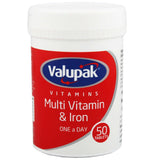




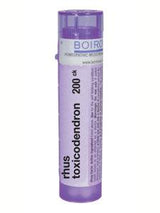

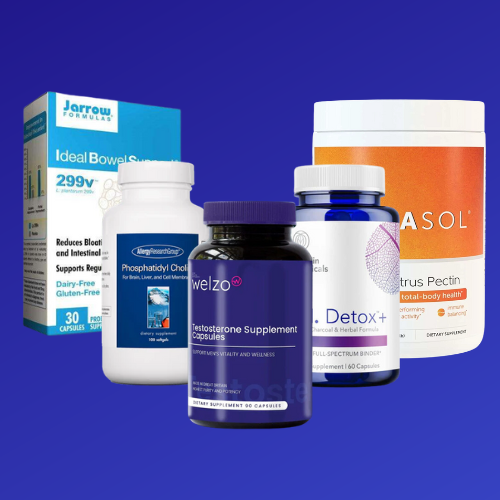
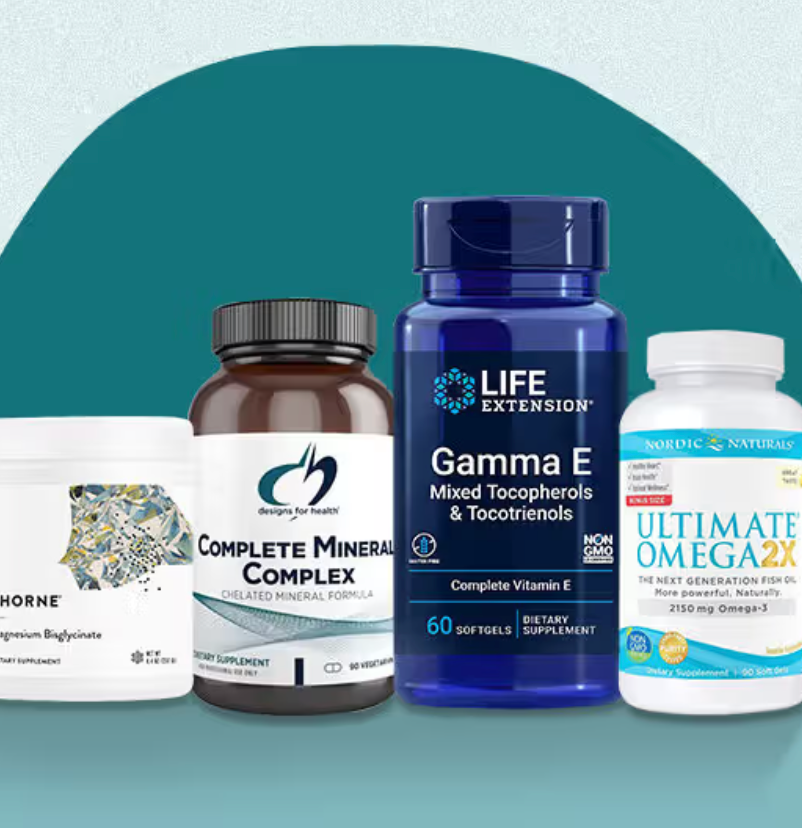

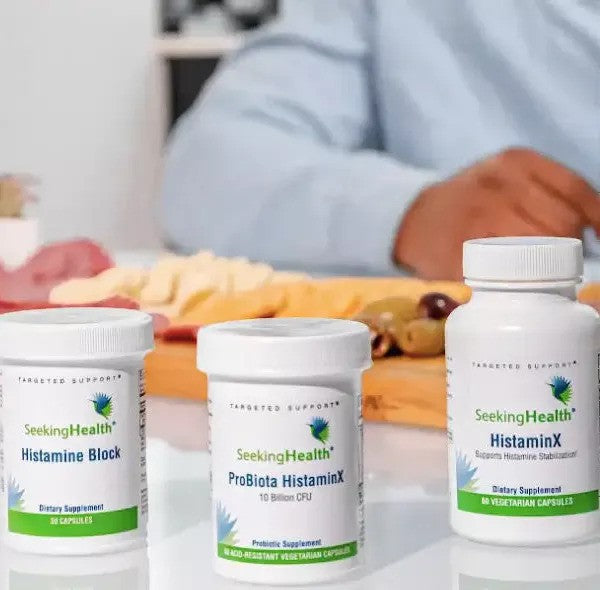





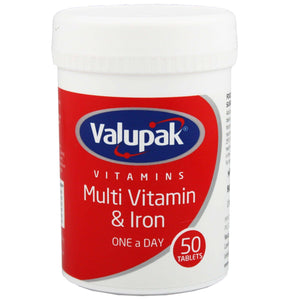

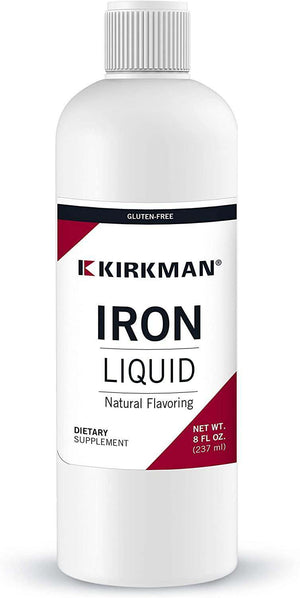


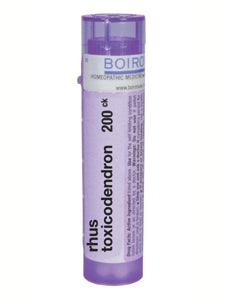
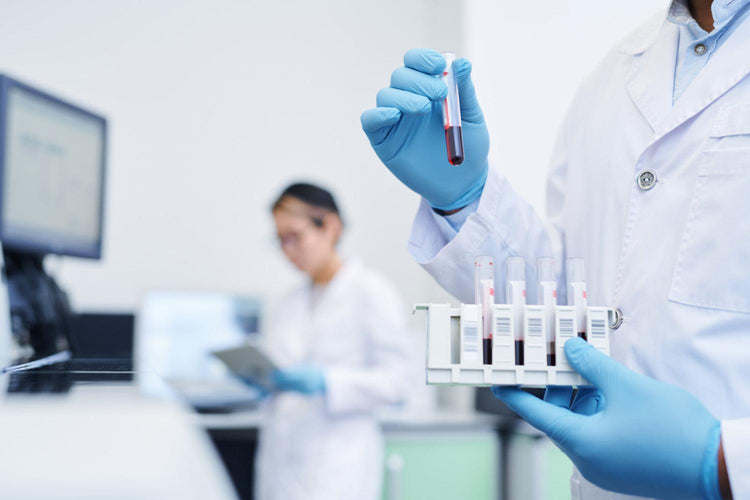



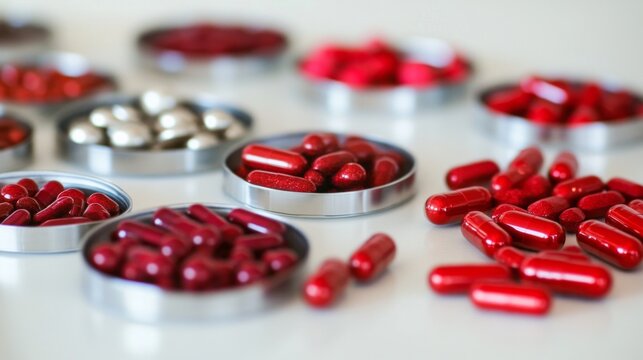
 Rated Excellent by 26,523+ Reviews
Rated Excellent by 26,523+ Reviews